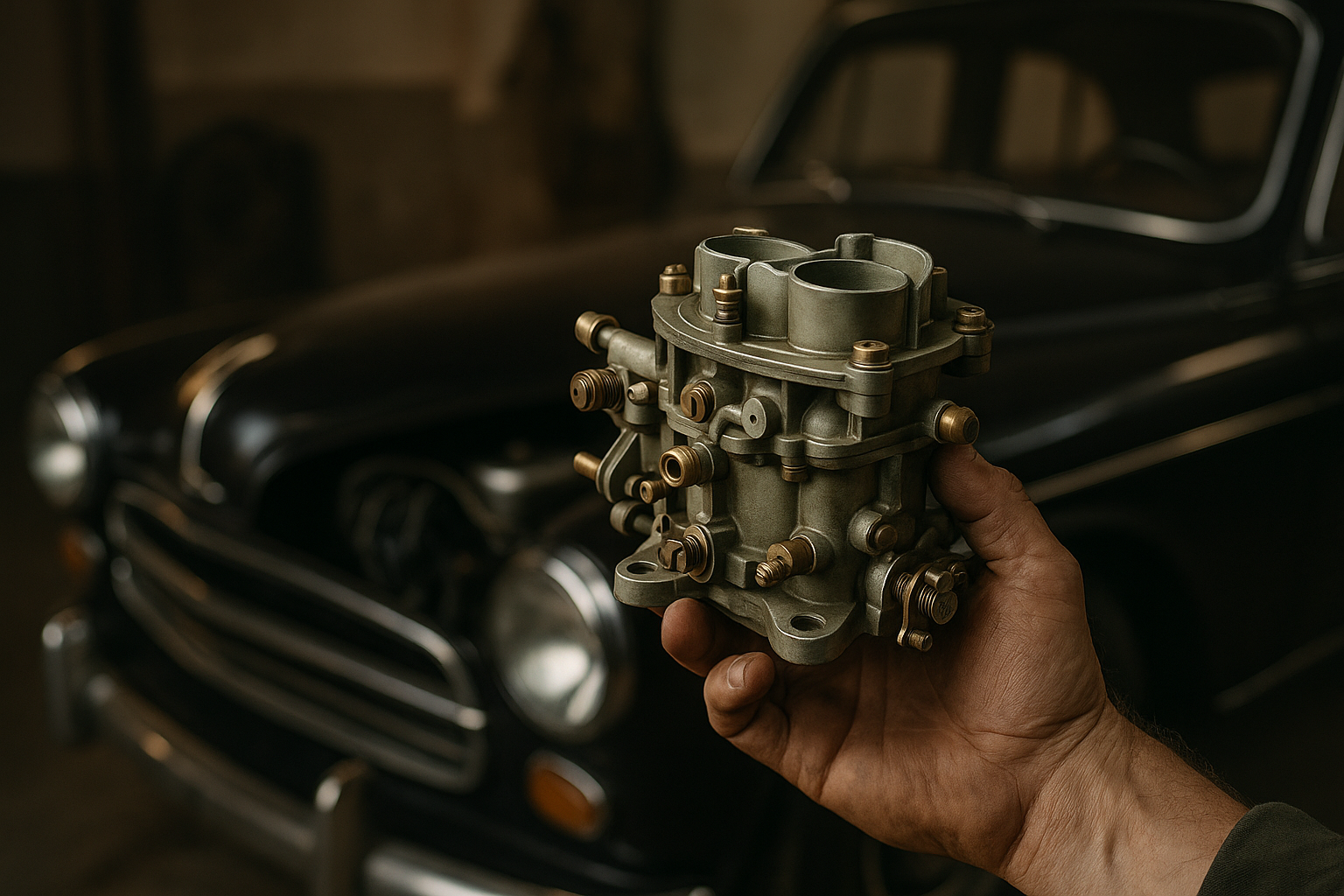The History and Engineering Behind Classic Military Jeeps
Classic military jeeps symbolize endurance, practicality, and innovation. Discover how these vehicles were designed, the key engineering elements that made them reliable, and why their influence continues to shape off-road design and automotive culture today.

The development of military jeeps stands as a testament to American ingenuity during wartime, creating a vehicle that would revolutionize both military operations and civilian transportation for decades to come. These compact, versatile machines emerged from urgent wartime needs and evolved into cultural icons that continue to influence automotive design today.
Origins of Military Jeep History
The story of military jeep history begins in 1940 when the U.S. Army issued specifications for a lightweight reconnaissance vehicle. The requirements were demanding: a vehicle weighing no more than 1,300 pounds, capable of carrying a 600-pound payload, and featuring four-wheel drive capability. Three companies responded to this challenge: Willys-Overland, Ford, and American Bantam Car Company.
American Bantam delivered the first prototype, but lacked the manufacturing capacity for mass production. Willys-Overland’s design, powered by their robust Go Devil engine, ultimately won the contract. The company produced over 363,000 units during World War II, with Ford manufacturing an additional 277,000 under license. This collaboration established the foundation for what would become the most recognizable military vehicle in history.
Engineering Excellence in Durable Vehicle Construction
The engineering principles behind durable vehicle construction in military jeeps focused on simplicity, reliability, and repairability under combat conditions. The original Willys MB featured a 134-cubic-inch L-head four-cylinder engine producing 60 horsepower, paired with a three-speed manual transmission and two-speed transfer case.
The chassis design emphasized strength through simplicity. Engineers used a ladder-frame construction with cross-members strategically placed to distribute stress across the entire structure. The suspension system employed semi-elliptical leaf springs at all four corners, providing durability over rough terrain while maintaining a relatively simple design that field mechanics could service with basic tools.
One of the most innovative features was the power take-off system, which allowed the jeep to operate auxiliary equipment such as welders, pumps, and communication devices. This versatility made the vehicle invaluable beyond simple transportation, serving as a mobile power source for various military operations.
Modern Classic Jeep Restoration Practices
Classic jeep restoration has evolved into a specialized field requiring deep understanding of original specifications and period-correct components. Restoration specialists focus on maintaining authenticity while addressing common wear points that affect these aging vehicles.
The restoration process typically begins with frame assessment, as decades of use often result in rust and structural fatigue. Professional restorers employ various techniques, from sandblasting and welding to complete frame replacement when necessary. Original specifications call for specific steel grades and welding techniques that ensure structural integrity matches factory standards.
Engine restoration presents unique challenges, as the original Go Devil engines require specialized knowledge of 1940s manufacturing tolerances and materials. Many restoration shops maintain inventories of New Old Stock parts, while others specialize in rebuilding original components to factory specifications.
Technical Innovations and Design Philosophy
The design philosophy behind military jeeps emphasized functionality over comfort, creating vehicles that could operate in extreme conditions with minimal maintenance. Engineers incorporated several innovative features that became standard in later four-wheel-drive vehicles.
The transfer case design allowed drivers to engage four-wheel drive without stopping, a revolutionary feature for its time. The gear reduction provided in low range gave the jeep exceptional climbing ability and pulling power, enabling it to navigate terrain that would challenge much larger vehicles.
Ventilation systems were carefully engineered to prevent water ingress during river crossings, with breather tubes extending above potential water levels. The electrical system used 6-volt components specifically chosen for reliability in harsh environments, with waterproof connections and robust wiring harnesses.
Restoration Cost Considerations
Restoration costs for military jeeps vary significantly based on condition and desired authenticity level. Professional frame-off restorations typically range from $15,000 to $35,000, while partial restorations may cost between $8,000 and $18,000. These estimates include labor, parts, and materials but can increase substantially for rare variants or concours-level work.
| Service Type | Provider Examples | Cost Estimation |
|---|---|---|
| Complete Frame-Off Restoration | Willys America, Kaiser Willys Auto Supply | $20,000 - $35,000 |
| Engine Rebuild | Novak Conversions, Walck’s 4WD Center | $3,500 - $6,500 |
| Body Work and Paint | Local restoration shops, Omix-ADA dealers | $4,000 - $8,000 |
| Electrical System Overhaul | Specialized military vehicle shops | $1,200 - $2,500 |
Prices, rates, or cost estimates mentioned in this article are based on the latest available information but may change over time. Independent research is advised before making financial decisions.
Legacy and Continuing Influence
The engineering principles established in military jeep design continue to influence modern off-road vehicles. The emphasis on ground clearance, approach and departure angles, and power-to-weight ratios established benchmarks that manufacturers still reference today.
Modern restoration efforts preserve not only individual vehicles but also the manufacturing knowledge and techniques that created them. Specialized suppliers maintain production capabilities for critical components, ensuring that these historical vehicles can continue operating for future generations. The combination of robust engineering and passionate restoration communities ensures that military jeep history remains accessible through hands-on preservation efforts.




